Metastases are usually more dangerous than the primary tumor. According to a Swiss study, these cancer cells behave differently depending on the time of day. But there are still many ambiguities.
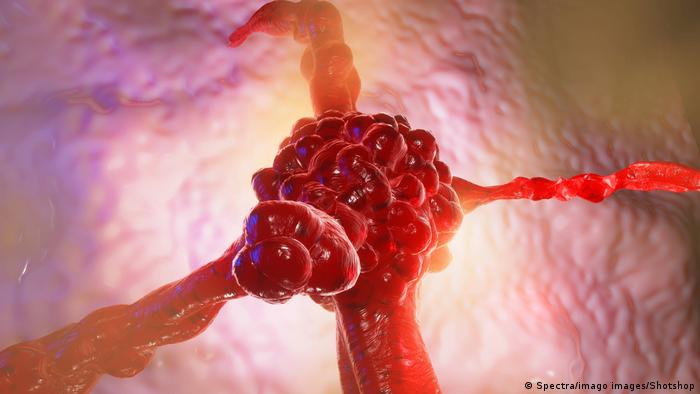 < p>Metastases: The “Deadly Daughters” of Cancer
< p>Metastases: The “Deadly Daughters” of Cancer
Tumor cells are most active during human sleep phases. This is the result of researchers at the Swiss Federal Institute of Technology in Zurich, ETH. 30 breast cancer patients were observed for the study, which was published in the journal “Nature”. In addition, studies were carried out on mice. The study was relatively small, but according to the researchers, it still came to results that could definitely have an impact on the diagnosis and treatment of breast cancer
Breast cancer is one of the most common forms of cancer. According to the World Health Organization (WHO), around 2.3 million women worldwide contract it every year. Detected early enough, the chances of recovery are great. It becomes difficult when metastases have formed. The WHO estimates that the so-called “deadly daughters” lead to death in 90 percent of all cancers. Research on metastases is correspondingly important, why and how they develop and – according to the results of the Swiss study – also when.
Watch video 04:27
How cancer changes life< /h2>
More of a chance find?
The assumption that metastases in breast cancer are very active at night is due to the fact that employees at the ETH molecular biology laboratory have different working hours and therefore took blood samples from the patients at different times and examined them. The team found that the number of tumor cells circulating in the blood (CTC – circulating tumor cells) was significantly higher at night than during the day.
Nadia Harbeck, head of the breast center and the oncological day clinic of the women's clinic at the Ludwig Maximilian University of Munich (LMU) sees a practical problem with the results of the study. “This is very interesting basic work, which is worth investigating further and, above all, working out the clinical significance of,” says Harbeck. “Because it should be confirmed that certain tumor cells form primarily at night when we sleep , that would initially be difficult with a view to the treatment in everyday clinical practice.” After all, patients do not come for treatment and blood tests at night, but during the day.
The Swiss researchers observed that more cells or entire clumps of cells detached themselves from the actual tumor at night and then spread through the blood in the body. If it is confirmed that certain circulating cancer cells do in fact have a circadian rhythm, i.e. have a biological rhythm that determines how aggressive the cancer cells are, this can be an indicator both for the diagnosis and for a possible therapy. < /p>
“One might ask, for example, whether blood draws for CTCs in our cancer patients shouldn't always be done early in the morning,” says Harbeck. “So far, there is no uniform regulation for this. But it would be even more interesting to know which growth factors exactly determine the dynamics of the CTCs. Because advising patients not to sleep anymore is unrealistic. I would be interested in the details of which ones mechanism during our sleep causes the CTCs to become more aggressive. Answering this question would then be of great importance for cancer therapy.”
Does the time of day really matter?
The findings seem rather random at first. Therefore, breast cancer patients were also examined at the University Hospital Basel. The blood samples were taken at different times of the day: at 10:00 a.m. and at 4:00 p.m. The study confirmed the observations of the researchers from Zurich: the samples from the night contained significantly more cancer cells circulating freely in the blood. There were 80 percent more, almost twice as many.
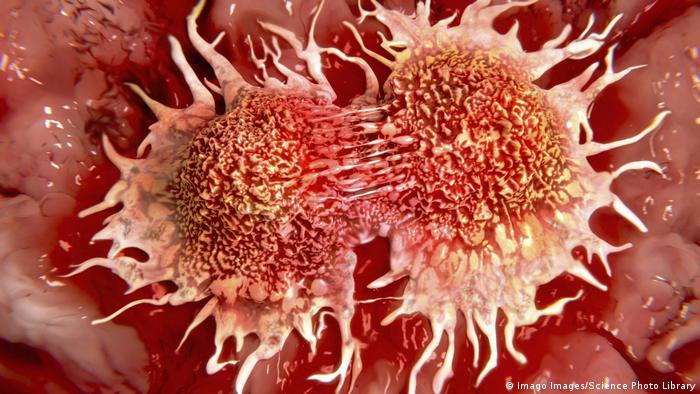
The more often cancer cells divide, the more dangerous it is becomes the disease
Tanja Fehm, director of the women's clinic at the Düsseldorf University Hospital, is rather critical of the study and the corresponding results. “Due to the fact that many cells in the body and their activities – for example immune cells – are subject to a circadian rhythm, we can assume that there are daily differences and short-term fluctuations in the number of CTCs. This suggests that metastasis through the circadian rhythm could be regulated.”
But, according to Fehm, overall this phenomenon and thus the results of the Swiss findings must be confirmed in a larger cohort of patients in a multi-centre study with independent people. “Only then will one be able to foresee whether this will affect future treatment methods.”
Another critical aspect is that a non-standard method was used in detecting the tumor cells circulating in the blood. “It is therefore difficult to assess to what extent [in the case of] breast cancer patients it was actually tumor cells and not false-positive white blood cells, which are also subject to circadian rhythms,” Fehm continued. p> 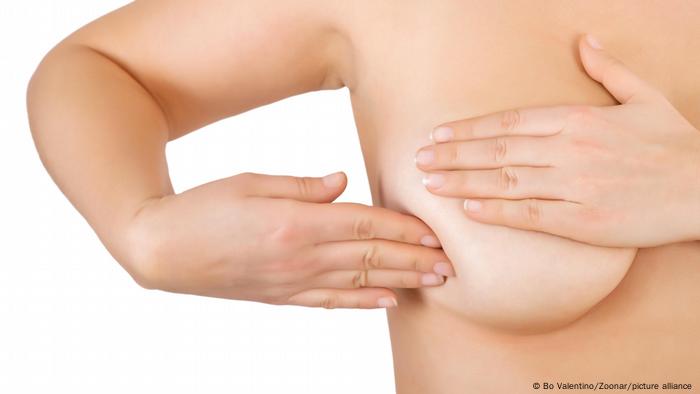
Breast cancer often metastasizes to the bones and lymph nodes. Feeling your own breasts can help to discover the disease as early as possible.
Opposite results in the mouse model
The experiments that the researchers also carried out on laboratory mice came to the opposite conclusion. Here, the number of metastasizing cancer cells was significantly higher during the day than in samples that had been taken and examined at night. Cells from breast cancer patients had previously been implanted in some mice. Others had developed the form of cancer on their own.
In the mice examined, the researchers found 90 times more metastatic cancer cells during the day than at night. Mice are nocturnal, so they sleep during the day. These results suggested that hormones play an essential role in the development of metastases. The hormone melatonin is responsible for our sleep rhythm.
“The in-vivo studies in the mouse models raise exciting questions, the relevance of which will have to be investigated in patients in further studies,” says Fehm.
So far, the time of day for blood collection and blood analysis has hardly been the focus. That could change in the future. However, further, large-scale studies are still required for valid results to track down the activity of cancer cells in the formation of the “deadly daughters”.
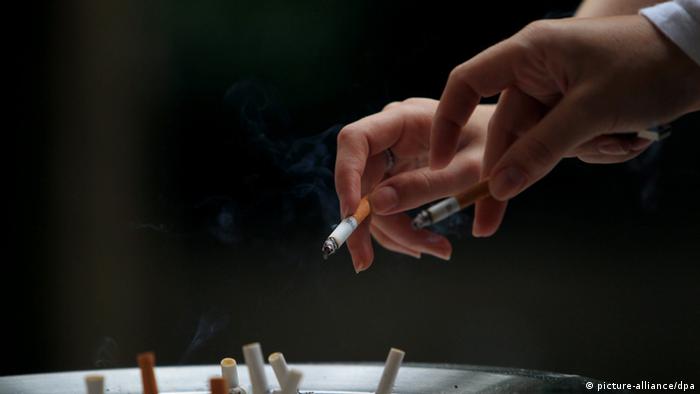 Avoiding cancer instead of curing it
Avoiding cancer instead of curing it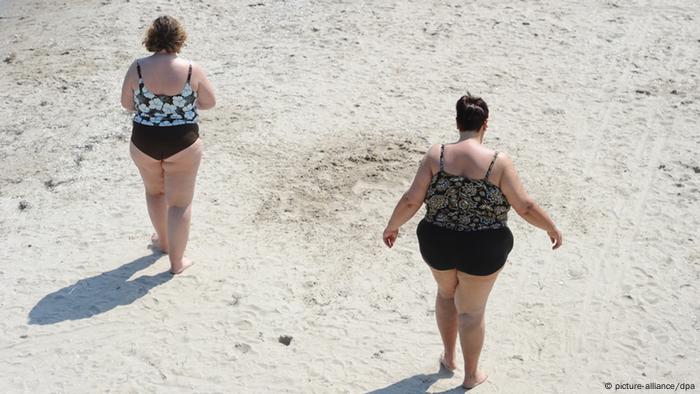 Avoiding cancer instead of curing it
Avoiding cancer instead of curing it Avoiding cancer instead of curing it
Avoiding cancer instead of curing it Avoiding cancer instead of curing it
Avoiding cancer instead of curing it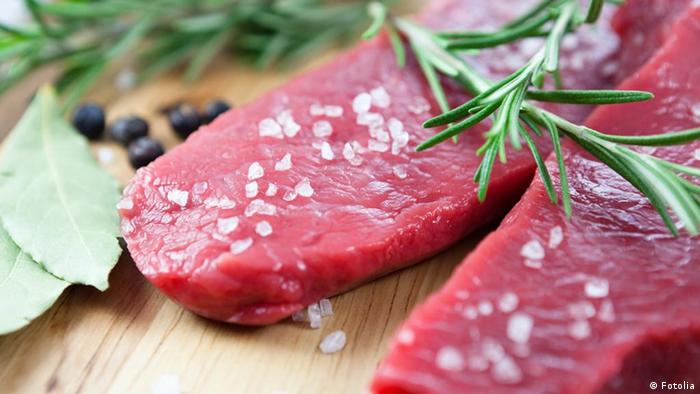 Avoiding cancer instead of curing it
Avoiding cancer instead of curing it Prevent cancer instead of curing it < h2>Danger from the charcoal grill?
Prevent cancer instead of curing it < h2>Danger from the charcoal grill?
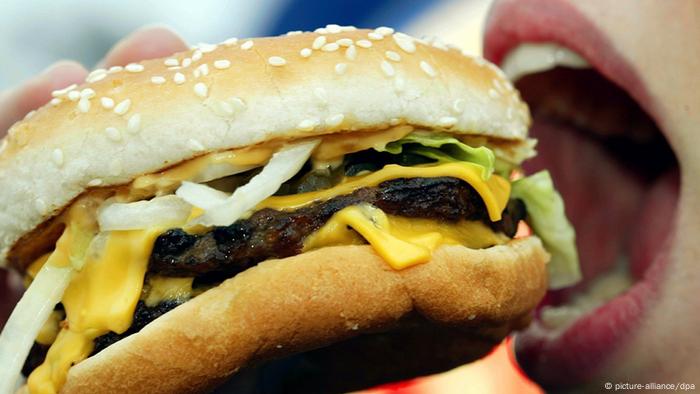 Avoiding cancer instead of curing it
Avoiding cancer instead of curing it Preventing cancer instead of curing it
Preventing cancer instead of curing it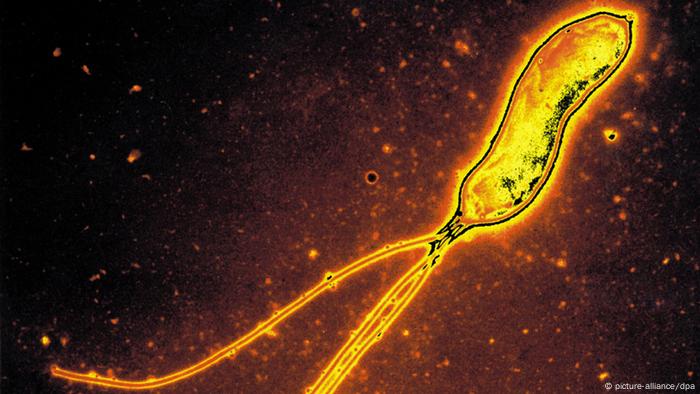 Avoiding cancer instead of curing it
Avoiding cancer instead of curing it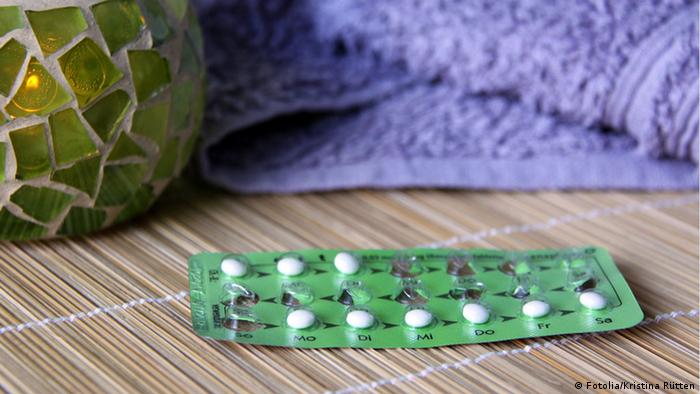 Preventing cancer instead of curing it
Preventing cancer instead of curing it Avoiding cancer instead of curing it
Avoiding cancer instead of curing it